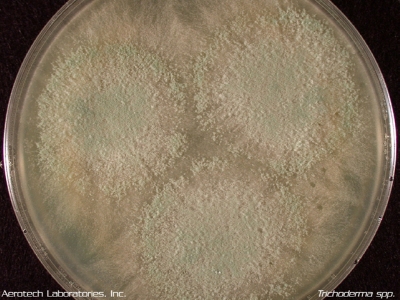Allergies and mould
 “Toxic mould” have provided the following evidence and guidance on exposure to mould which can result in immediate allergenic effects although most people are not affected by short term exposure. The longer you are exposed to mould the greater the chance of allergies or disease developing and this health risk is increased by age or deficiencies in your immune system.
“Toxic mould” have provided the following evidence and guidance on exposure to mould which can result in immediate allergenic effects although most people are not affected by short term exposure. The longer you are exposed to mould the greater the chance of allergies or disease developing and this health risk is increased by age or deficiencies in your immune system.
The white mould in this photo could be black, blue or pink when growing on different substrates. Black mould isnt a definition of toxic mould, it could be any colour.
Asthma is typically an allergic reaction to mould and mould is now recognised as a trigger for mould.
Typical allergies are recognised as;
- Running nose
- Sneezing
- Coughing
- Itchy eyes nose and throat
- Sore or infected eyes,
- Dark circles under eyes
- Nose rubbing
- Swollen or crusting eyes
Allergies can develop into anaphylaxis where eyes lips and throat swell and this condition can be life threatening.
- How do you know if you are allergic to mould?
- Do you feel better when you move out of a suspected mould affected building?
- Do you feel unwell when you visit or stay in mould affected buildings.
- Do you display or suffer any of the normal symptoms?
- Are you constantly unwell?
Can we help you to prove mould allergies? Exposure to mould can produce antigens in your blood. Your doctor may take blood and scan for these. Building Forensics can undertake testing to identify the specific moulds present, providing your doctor with information which may allow comparison to the blood results enabling the identification of triggers and allergies.See our cost section.


